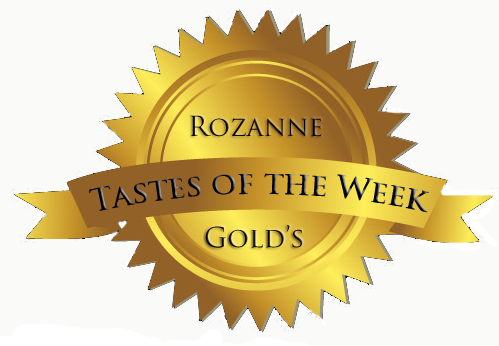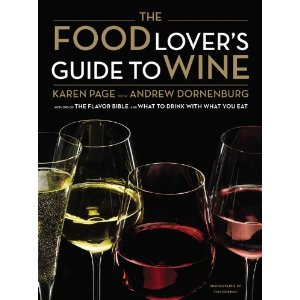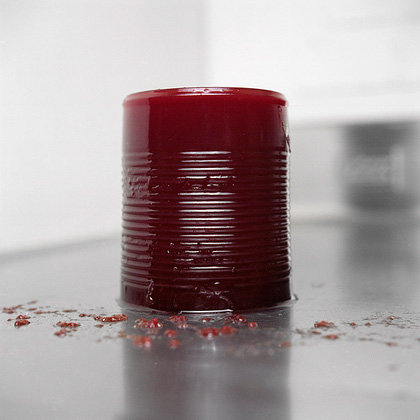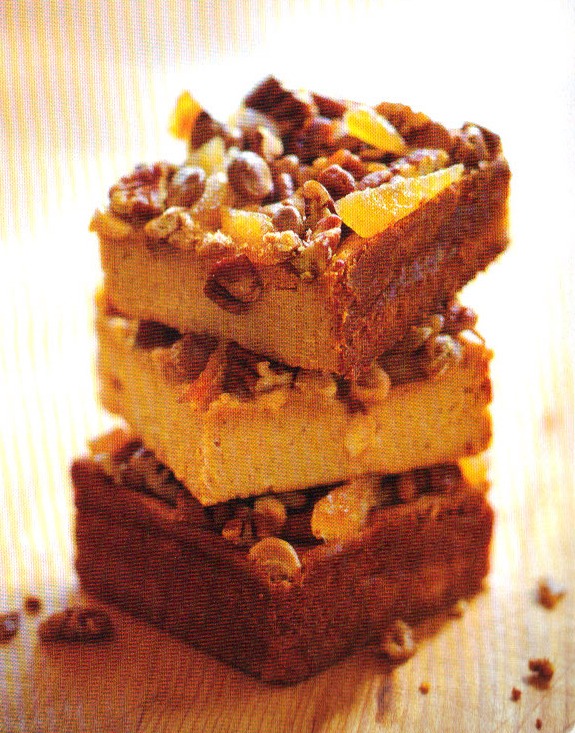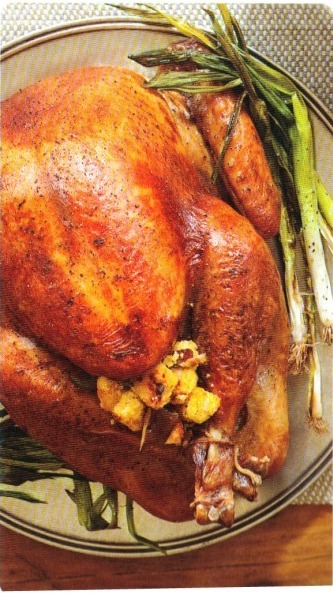 There are bartenders who make a living mixing cocktails, and baristas whose wages are earned behind espresso machines. There are high-concept tea masters, sommeliers, and soda jerks, too. At home we are never expected to be any of these, but when guests arrive for your holiday parties some simple instruction might be helpful. After all, there's a week's worth of celebrating still to be done.
I tend to restrict drinks at my dinner parties to champagne and wine and perhaps one great cocktail. I suggest you try all the ideas here, or create your own, but choose only one as your "house special." "What you don't need," says wine writer Anthony Dias Blue, "is people sidling up to your bar expecting a Singapore Sling or a mai tai," or both!
There are bartenders who make a living mixing cocktails, and baristas whose wages are earned behind espresso machines. There are high-concept tea masters, sommeliers, and soda jerks, too. At home we are never expected to be any of these, but when guests arrive for your holiday parties some simple instruction might be helpful. After all, there's a week's worth of celebrating still to be done.
I tend to restrict drinks at my dinner parties to champagne and wine and perhaps one great cocktail. I suggest you try all the ideas here, or create your own, but choose only one as your "house special." "What you don't need," says wine writer Anthony Dias Blue, "is people sidling up to your bar expecting a Singapore Sling or a mai tai," or both!
I know a thing or two about drinks. At age 16, I was a bartender, illegally, at the Olde London Fishery in Queens, New York. I was tall for my age and looked the part. Next, I had the ultimate pleasure of helping create two of New York's most spectacular bars - the Rainbow Promenade at the Rainbow Room atop Rockefeller Center, where Sleepless in Seattle was shot, and the Greatest Bar on Earth on the 106th floor of the now legendary Windows on the World. A great drink is always remembered.
When making cocktails, apply my 1-2-3 principle: 1-The best drinks are made from the best raw materials -- including freshly made ice cubes. 2-Temperature is critical. Serve mixed drinks in chilled or frozen glasses and white wine properly cooled, and keep a pitcher-full of a pre-mixed cocktail in the fridge so it doesn't inflict global warming upon your ice cubes. 3- Use the appropriate glassware. And you'll notice that unlike most cocktail recipes, which measure the alcohol in ounces or shots, I use tablespoon measures for simplicity's sake. Great drinks are not about lots of ingredients: Rather it is about the discreet balance of flavors - with acidity and sweetness being key factors.
While it's always festive to serve name-brand bubbly to put your best foot forward, it can be very expensive and not always necessary. In fact, just this week I invented a beautiful cocktail for Lenox China called "Bittersweet" - using Prosecco (or cava or any other inexpensive brut sparkling wine) - to which I add Campari, Chambord, and a bit of freshly-squeezed orange juice. It is a perfect match with my Smoked Salmon Quesadillas strewn with bits of grated lemon zest and snippets of fresh basil.
Many guests are opting for sparkling water and nonalcoholic "mocktails" these days, so you'll be a great host if you offer those. Even a jug of freshly-squeezed blood orange juice, which I call "Nature's Kool-Aid," shows that you have considered the needs of all your friends.
A note about wine: The party line on party wine is to go "big." Offer wine or bubbly from magnums - it's always impressive and there are great products from around the world that provide terrific value. We have found a "house red" from Argentina that is a blend of malbec and bonarda (an ancient grape of northern Italy.) It is $10.99 a magnum! Reserve your premium wines for smaller dinner parties and start celebrating now.
"Bittersweet Champagne Cocktail" You may substitute Cassis (blackcurrant liqueur) for the Chambord.
1 bottle brut sparkling white wine (prosecco, cava or champagne) ¼ cup Campari ¼ cup freshly-squeezed orange juice 2 tablespoons Chambord (raspberry liqueur)
Pour all the ingredients in a large pitcher and stir gently. Pour mixture into chilled champagne flutes. Serves 6
"Apple and Anisette" This is a sophisticated highball and one of my seasonal favorites.
1 lemon ½ cup fresh (unpasteurized) apple cider 1 tablespoon anisette
Remove a long strip of lemon peel using a small sharp knife. Cut lemon in half and squeeze to get 1-1/2 teaspoon juice for each drink: Put 4 ice cube in a large rocks glass. Add cider and anisette and stir. Add lemon juice and stir again. Garnish with lemon peel and add a colorful stirrer. Makes 1 drink
"Christmas-tini" Very elegant. especially in an extra- large martini glass. Excellent choice for the entire Christmas season.
1 tablespoon peppermint schnapps ½ cup cranberry juice 1 tablespoons vodka or currant-flavored vodka
Make sure all the materials are chilled, including the martini glasses. For each drink, pour schnapps into the glass. Top with cranberry juice and float vodka on top. Serve with little green straws. Makes 1 drink
"Ginger-Pear-Lime Martinis" Make these by the pitcher so that you don't need to be shaking and stirring when your guests arrive.
1-1/2 cups pear nectar 2-1/2 cups apple juice 4 limes 4 teaspoons honey 1-1/4 cups vodka 4-inch piece fresh ginger, peeled
Stir pear nectar and apple juice together in a pitcher. Halve 3 limes and squeeze 6 tablespoons juice into the pitcher. Add the honey and stir until dissolved; stir in the vodka. Grate ginger on the large holes of a box grater. Place the grated ginger in a paper towel and squeeze to extract 1 tablespoon juice; add to pitcher. Stir, cover, and chill well. Pour into chilled martini glasses or serve over ice. Garnish each with a thin slice of the remaining lime. Serves 6
"Cocteau" A very special holiday libation - here's an after-dinner drink invented by me to honor the artist. A "Cocteau" instead of a cocktail!
4-1/2 tablespoons Armagnac 1 tablespoon yellow Chartreuse 1 tablespoon crème de cassis, plus more for floating
Pour all ingredients into a mixing glass with ice cubes. Stir vigorously. Strain into chilled cocktail glass. Float more cassis on top, letting it filter down into the drink. Serves 1

